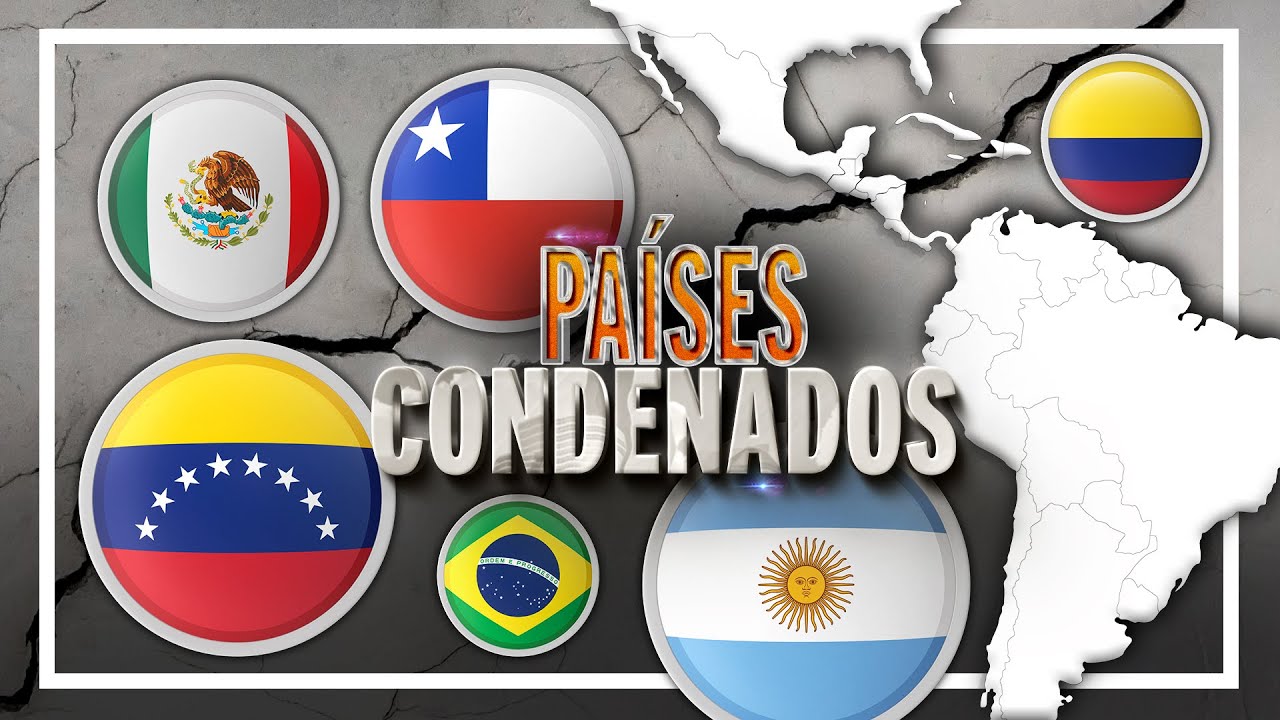Entrevista: Immanuel Wallerstein (Programa Milênio) 3 de 3
Summary
TLDRThe discussion delves into the complexities of left-leaning Latin American governments, highlighting their diversity despite common challenges. While most governments lean left, there are differences in policies and economic power, with some countries like Venezuela and Brazil having more freedom of action. The role of social movements in these governments is critical, especially in Brazil, Argentina, and Bolivia, but less so in Venezuela. The political landscape is influenced by each country's unique internal dynamics and historical context, with the future of Latin American politics remaining fluid and uncertain due to evolving circumstances.
Takeaways
- 😀 Leftist governments in Latin America are diverse, with varying political tendencies and national contexts.
- 😀 Countries like Chile and Venezuela represent different extremes, while Brazil, Argentina, Bolivia, and Ecuador are more in between.
- 😀 Wealthier countries like Brazil have more political freedom compared to poorer nations like Bolivia.
- 😀 Venezuela's oil wealth grants the government significant freedom of action in comparison to other nations.
- 😀 Indigenous movements play a strong role in countries like Bolivia and Ecuador, influencing policy and leadership.
- 😀 The relationship between Chavez of Venezuela and Lula of Brazil is complex but mutually sustaining despite political differences.
- 😀 The decline of U.S. influence in Latin America, due to global issues like Iraq, has allowed leftist governments to rise to power.
- 😀 Left-wing governments are generally seen as defensive measures rather than agents of revolutionary change, focusing on preventing further deterioration.
- 😀 Social movements played a key role in bringing governments to power in Brazil, Argentina, and Bolivia, but often find themselves at odds with those in power.
- 😀 Political constraints, such as lacking a majority in the legislature, limit the ability of leaders like Lula to enact significant change.
- 😀 Realism in governance is crucial, as leaders must understand their political limitations and avoid expecting radical transformation.
Q & A
What is the general political trend in Latin America in the 21st century?
-In the 21st century, most Latin American governments are left of center, although they vary significantly in their political approaches and ideologies.
How do the political situations in countries like Chile and Venezuela differ?
-Chile and Venezuela represent two ends of the political spectrum in Latin America. Chile's government is more moderate, while Venezuela is characterized by a more radical leftist approach under Chavez, with a top-down leadership structure.
What role does wealth play in Latin American politics?
-Wealth plays a significant role in the political freedom of action that governments have. Wealthier countries, like Brazil, have more flexibility in decision-making, while poorer nations like Bolivia face more constraints.
How has the United States' influence over Latin American politics changed?
-The United States' influence has diminished in recent years, especially due to its focus on other global issues like Iraq. This has created more space for Latin American governments to rise and pursue their political agendas without as much interference from the U.S.
What does the speaker mean by leftist governments serving a 'defensive' role?
-The speaker suggests that leftist governments in Latin America, rather than achieving revolutionary changes, primarily aim to prevent worsening conditions for the population. They are seen as trying to hold the line rather than radically transform society.
How do social movements influence governments in Brazil, Argentina, and Bolivia?
-In countries like Brazil, Argentina, and Bolivia, social movements played a significant role in the rise of leftist governments. These movements, despite not always achieving their desired outcomes, are strong and influential in shaping the political landscape.
What is the situation regarding social movements in Venezuela?
-In Venezuela, social movements are relatively weak compared to other Latin American countries, as the leadership under Chavez holds a more centralized, top-down power structure, overshadowing grassroots movements.
What challenges do Latin American leaders face in terms of governance?
-Latin American leaders face various challenges such as opposition in the legislature, regional separatism, and managing internal political tensions. These challenges vary significantly between countries.
What is the political relationship between Chavez and Lula?
-Chavez and Lula have a complex and carefully managed political relationship. While they share some common leftist ideals, there are differences in their political approaches, with Brazil seeking a more moderate path compared to Venezuela's radical leftist agenda.
What does the speaker mean by 'the future is uncertain' in Latin America?
-The speaker emphasizes that the future of Latin America is unpredictable due to constant change in political dynamics. The challenges and shifting alliances in the region make it difficult to determine what will happen next.
Outlines

This section is available to paid users only. Please upgrade to access this part.
Upgrade NowMindmap

This section is available to paid users only. Please upgrade to access this part.
Upgrade NowKeywords

This section is available to paid users only. Please upgrade to access this part.
Upgrade NowHighlights

This section is available to paid users only. Please upgrade to access this part.
Upgrade NowTranscripts

This section is available to paid users only. Please upgrade to access this part.
Upgrade NowBrowse More Related Video

The Many Accents of Miami Explained

LATINOAMÉRICA: según JÓVENES de GUINEA ECUATORIAL | ÁFRICA

📢 Filosofía Latinoamericana.... sus orígenes 😮🔆 Volumen 1

Come le mafie controllano il mondo

Los 7 países MÁS SUBDESARROLLADOS de América Latina

Literatura Latino-Americana no Trilha de Letras | Programa Completo
5.0 / 5 (0 votes)